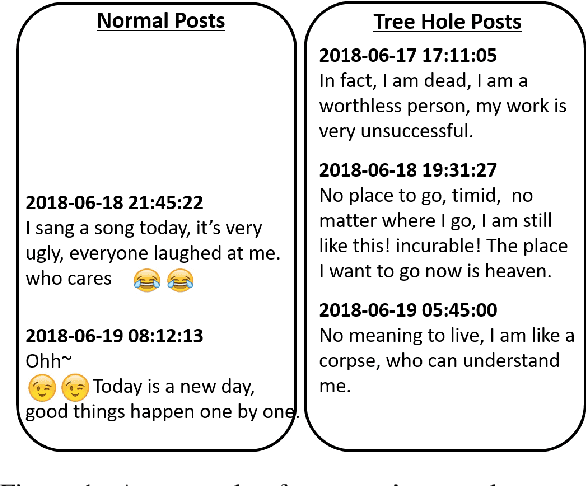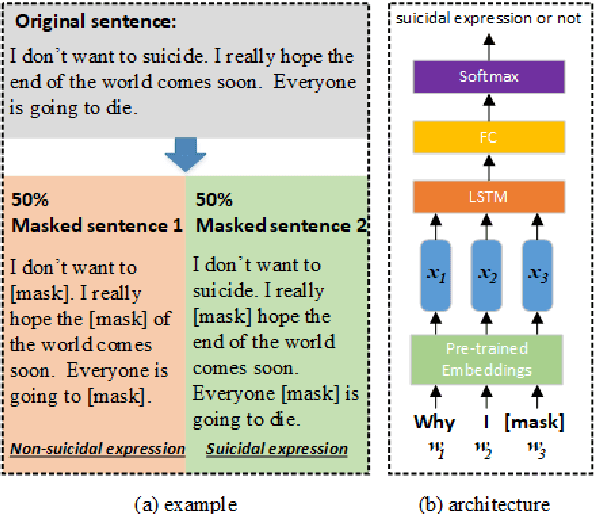Zihan Wei
Predicting ICU In-Hospital Mortality Using Adaptive Transformer Layer Fusion
Jun 06, 2025



Abstract:Early identification of high-risk ICU patients is crucial for directing limited medical resources. We introduce ALFIA (Adaptive Layer Fusion with Intelligent Attention), a modular, attention-based architecture that jointly trains LoRA (Low-Rank Adaptation) adapters and an adaptive layer-weighting mechanism to fuse multi-layer semantic features from a BERT backbone. Trained on our rigorous cw-24 (CriticalWindow-24) benchmark, ALFIA surpasses state-of-the-art tabular classifiers in AUPRC while preserving a balanced precision-recall profile. The embeddings produced by ALFIA's fusion module, capturing both fine-grained clinical cues and high-level concepts, enable seamless pairing with GBDTs (CatBoost/LightGBM) as ALFIA-boost, and deep neuro networks as ALFIA-nn, yielding additional performance gains. Our experiments confirm ALFIA's superior early-warning performance, by operating directly on routine clinical text, it furnishes clinicians with a convenient yet robust tool for risk stratification and timely intervention in critical-care settings.
Latent Suicide Risk Detection on Microblog via Suicide-Oriented Word Embeddings and Layered Attention
Oct 26, 2019



Abstract:Despite detection of suicidal ideation on social media has made great progress in recent years, people's implicitly and anti-real contrarily expressed posts still remain as an obstacle, constraining the detectors to acquire higher satisfactory performance. Enlightened by the hidden "tree holes" phenomenon on microblog, where people at suicide risk tend to disclose their inner real feelings and thoughts to the microblog space whose authors have committed suicide, we explore the use of tree holes to enhance microblog-based suicide risk detection from the following two perspectives. (1) We build suicide-oriented word embeddings based on tree hole contents to strength the sensibility of suicide-related lexicons and context based on tree hole contents. (2) A two-layered attention mechanism is deployed to grasp intermittently changing points from individual's open blog streams, revealing one's inner emotional world more or less. Our experimental results show that with suicide-oriented word embeddings and attention, microblog-based suicide risk detection can achieve over 91\% accuracy. A large-scale well-labelled suicide data set is also reported in the paper.
 Add to Chrome
Add to Chrome Add to Firefox
Add to Firefox Add to Edge
Add to Edge